Important prioritization techniques for student productivity are Eisenhower matrix method, Moscow Technique and the ABCDE method to boost students productivity and help them manage tasks efficiently.
Table of Contents
Prioritization techniques for student productivity include using the weighted shortest job first technique, the Eisenhower matrix method, the ABCDE method, and the time multiplication strategy to prioritise work and complete the task effectively.
Prioritization techniques are efficient tools and techniques to increase student productivity by helping them manage priorities and understand which tasks are essential.
Top 10 Most Effective Prioritization Techniques For Student Productivity
The most effective prioritization techniques for student productivity are listed below and explained in detail:
- Prepare A Task List
- Use Digital Planning Tools
- Use the Weighted Shortest Job First (WSJF) Technique
- Use the Eisenhower Matrix Method
- Use the ABCDE Method
- Use Time Multiplication Strategy To Prioritize Work
- Moscow Technique
- Scrum Prioritization Technique
- ICE score model
- Bubble Sort Method
1. Prepare a task list
Preparing and prioritizing a list of tasks will create and outline the requirements for completing each item on your to-do list. It is the best way of prioritization techniques for student productivity, and it will make students obligated to complete the tasks.
- Take each task on the to-do list as a physical challenge and try to complete it after finishing it; this will improve the individual's drive by attaining a sense of accomplishment.
- Preferably, as humans, we try to attempt the most straightforward task first on the list. Still, it can be tricky sometimes, and individuals may get exhausted and avoid putting off the most challenging responsibility.
- Students should be aware that how long, in general, a task should take can make it easier for students to plan and estimate the amount of time to be consumed.
2. Use Digital Planning Tools
Managing and monitoring time is a crucial factor in increasing productivity, and this can be made easier by planning and using personal planning tools like daily planners, calendars, Android apps, and diaries and effective prioritization techniques for student productivity.
Some useful digital planning tools that can be beneficial resources in setting priorities are listed below:
- Time Trackers like Toggl, Clockify, and Everhour.
- Time Savers like Todoist, Microsoft OneNote, Evernote, and Shelfnote.
- Task Managers like Smartsheet, OmniFocus, and Clickup.
- Habit Developers like Loop Habit Tracker, Beeminder, Atomic Habits Journal, and HabitBull.
3. Use the Weighted Shortest Job First (WSJF) Technique
One of the most used prioritization techniques for student productivity is the Weighted Shortest Job approach, selecting up to three things that need to be done first and finishing those tasks.
- The priority of these tasks has to be determined, and then accordingly, you can probably include working on it on your WSJF list.
- Prepare your WSJFs early every day, if not the day before, so you may start your work without wasting time and be productive.
Also Check: 10 Tips for Staying Focused and Productive as A Student
4. Use the Eisenhower Matrix Method
Another prioritization technique for student productivity is the Eisenhower Matrix Method, in which a Master List before you can prioritize your tasks. You can prioritize the studies on this list by examining the procedures and functions you must complete.
Type of categories of work of task:
- Urgent and Important task
- Neither Urgent nor Important task
- Important, but not Urgent task
5. Use the ABCDE Method
Usually, priority tasks must be completed, and they almost range in the same priority list; it is difficult to differentiate and rank them accordingly. Then, we can use this ABCD technique by Brian Tracy:
- The first step is to review your list of tasks and rank them from A to E according to priority, with A being the highest and E being the lowest.
- The next step is to give each task a number to further distinguish them in the order that you will do them.
- When all of the tasks have numbers and letters associated with them, repeat the first two stages.
6. Use Time Multiplication Strategy To Prioritize Work
Another prioritization technique for student productivity is to organize valuable hours around the multiple assigned commitments that need to be finished daily, weekly, or monthly. Multiplying is a fantastic Prioritization technique for student productivity.
- This approach will enable students to focus on the appropriate tasks at the correct times.
- The critical thing in this technique is to pace oneself with the duration assigned and select the appropriate chores, as it will lead to adequate time allotment for all the listed tasks.
Also Check: List of 10 Novels for Students to Read
7. Moscow Technique
MoSCoW Prioritization techniques for student productivity is a flexible process of prioritization, and the basis is to assign the order of importance for each task in the to-do list. It is processed by allocating a set of specifications to four categories:
- M-Task: Must Do Task
- S- Task: Should Do Task
- C- Task: Could Do Task
- W- Task: won't do or Skip Task
8. Scrum Prioritization Technique
Scrum prioritization, also known as Agile prioritization, is a prioritization technique based on numerically ordering tasks. If there are 10 tasks to complete, that would rank them from 1 to 10 according to priority and order.
In Scrum prioritisation, you decide the priority of each task on the list using three criteria:
- We are analyzing the importance of the task.
- Is it important compared to the other tasks on this list?
- Is any other task linked with a particular job?
9. ICE score model
ICE score model is a unique prioritisation technique for student productivity and this method is based on multiplying three elements exclusive to each project—Impact, Confidence, and Ease.
The ICE scoring approach is ideal for ranking features and concepts in order of importance. Each of the three multiplied values has a ranking for each element, ranging from one to ten.
10. Bubble Sort Method
The bubble Sort Method is a simple prioritization technique for student productivity, this method is done by placing each assigned task on an open-ended grid or a horizontal line and then comparing the first two tasks against one another by analyzing the more critical reading.
- The most crucial task is shifted to the left example; if Task 2 is more vital than Task 1, it will take precedence over Task 1.
- Then, do the same process with other topics and arrange the more significant task to continue or shift to the left.
- Keep arranging till the end of the list.
Also Check: 10 Ways to Balance Student Life And Academics
Why Having a Productivity Method is Important?
It is crucial to have a productivity strategy because it will significantly improve the overall effectiveness, efficiency, and growth in both personal and professional life.
Utilizing prioritization techniques for student productivity will help students spend their time mindfully, allowing them to concentrate on essential tasks, maximize their time, and do more things in a shorter time.
Productive students are less stressed in comparison to the ones who don't organise their daily schedules and students who are organised need less surplus energy and resources to complete their responsibilities and are more productive. Managed time and energy boost student's confidence and ability to complete tasks on time and with greater quality.
Also Check: 10 Most Effective Stress Management Techniques for Students




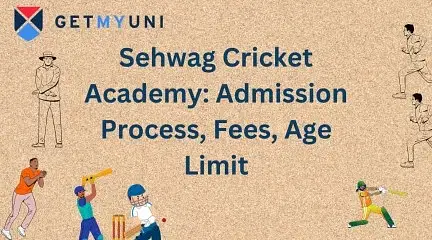
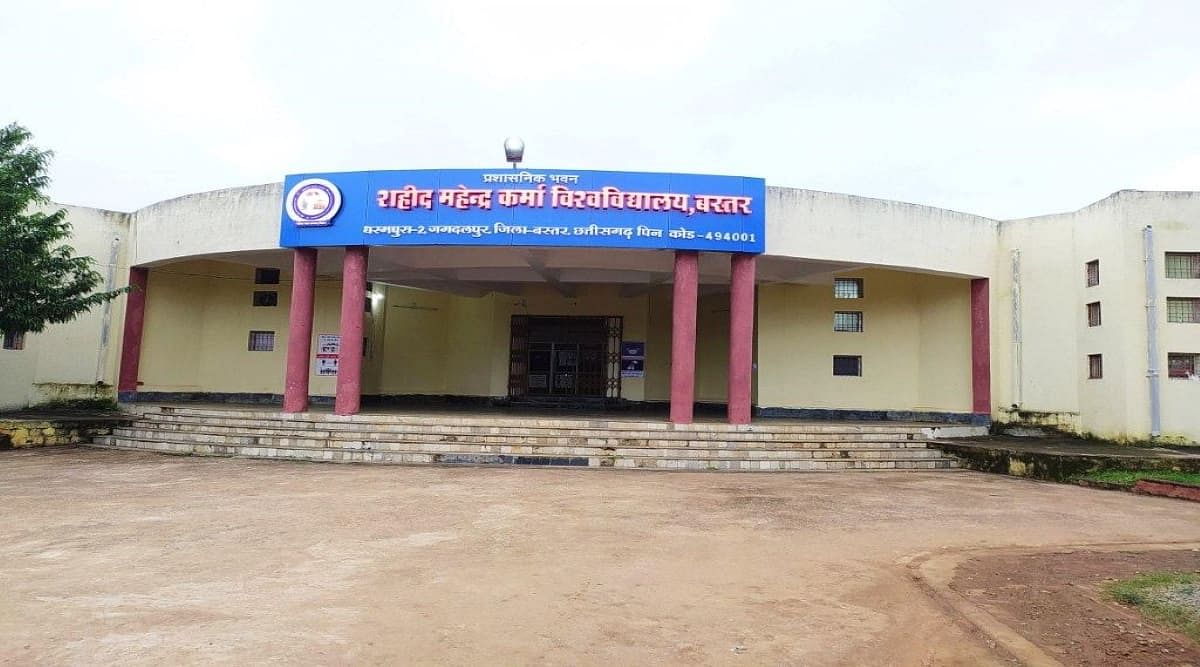
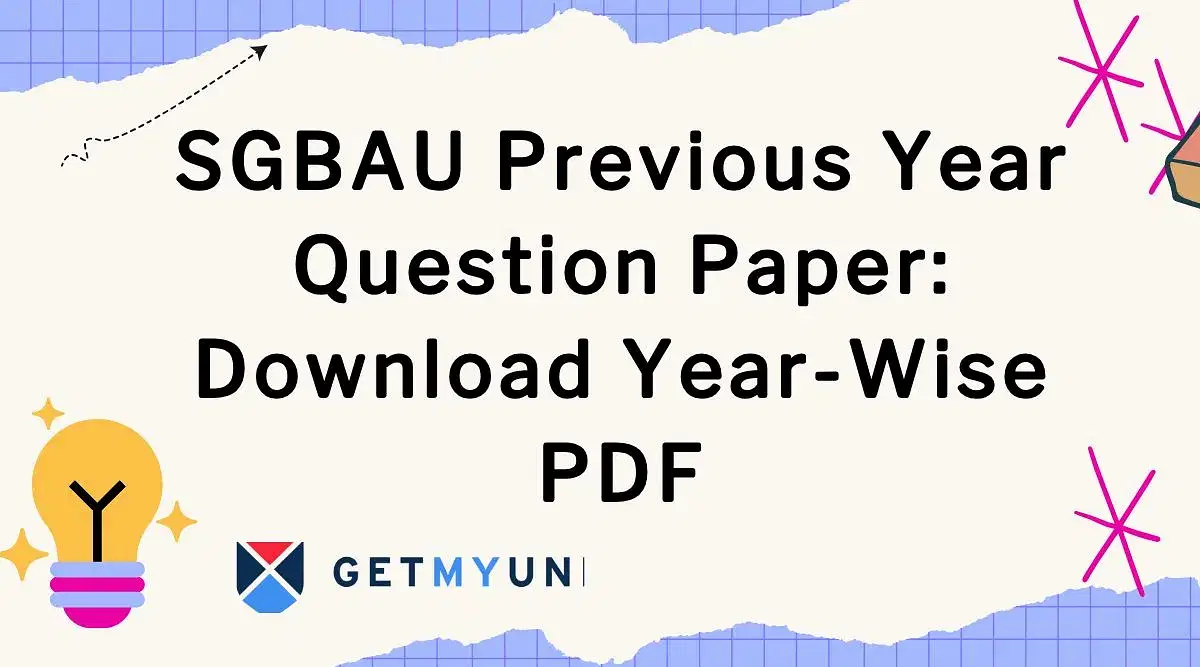
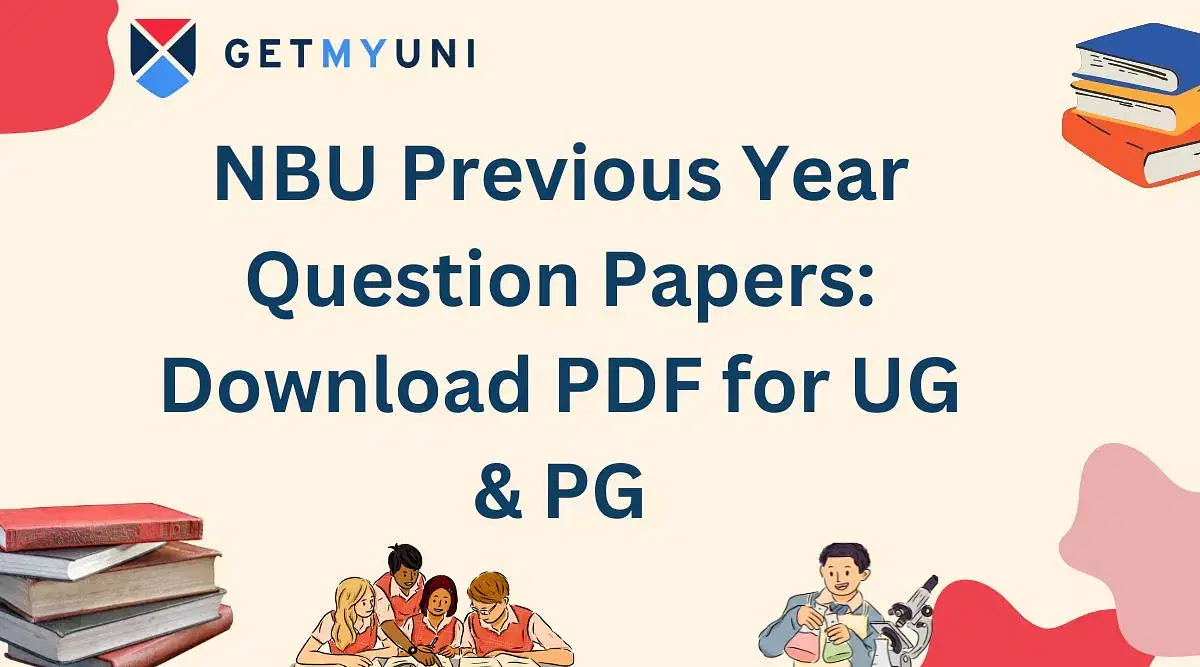
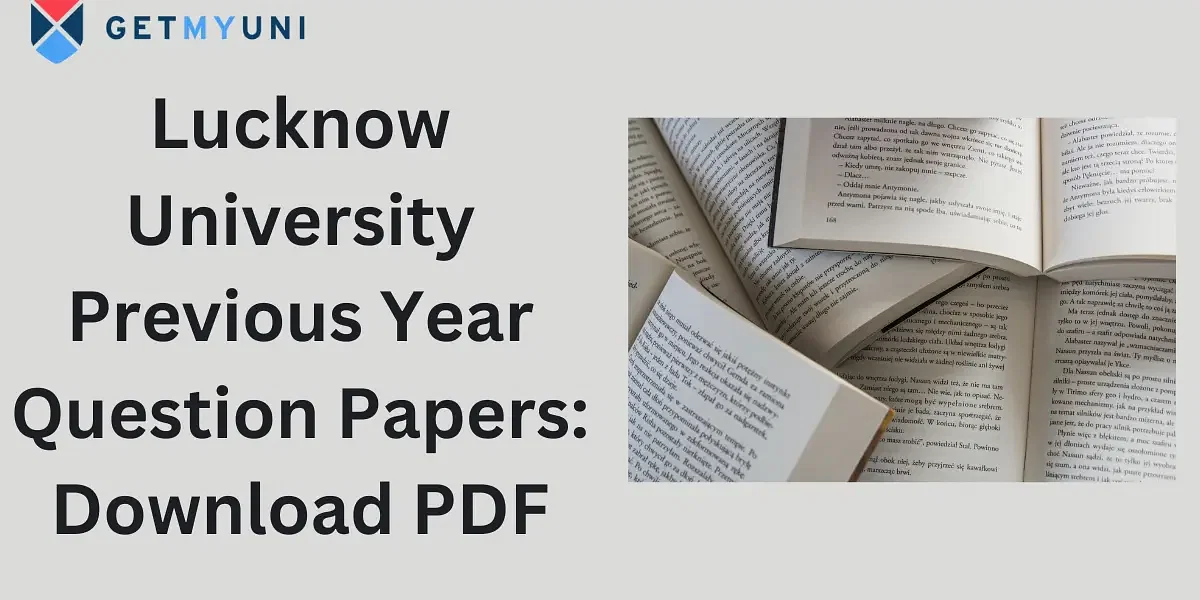

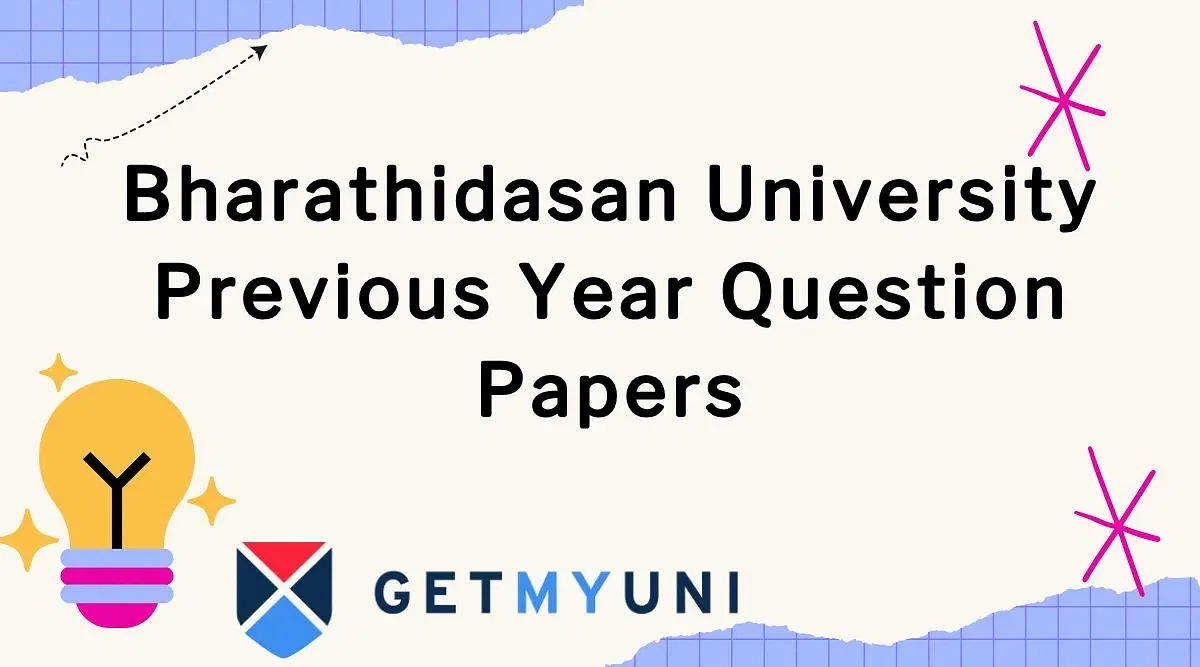


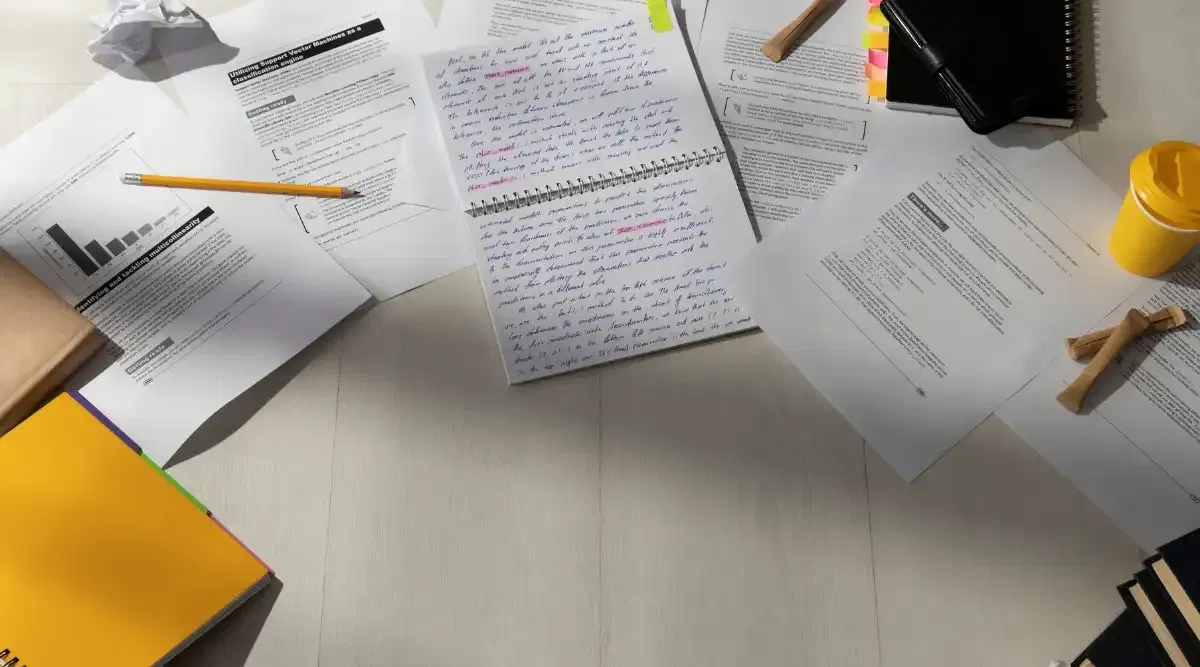






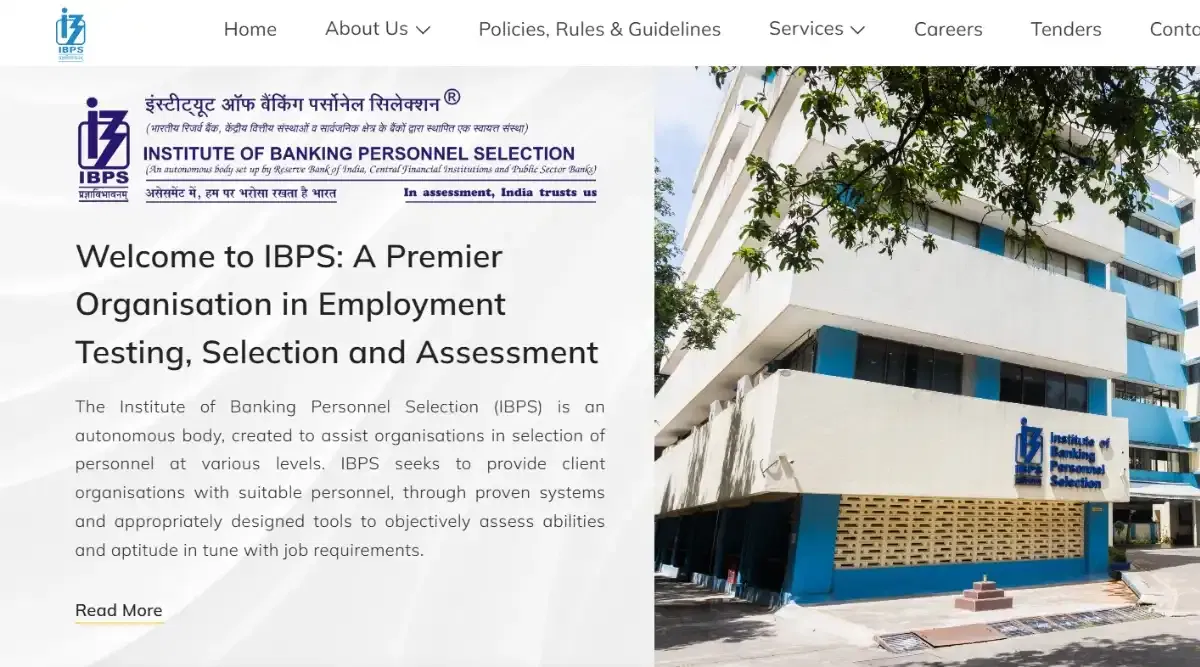


POST YOUR COMMENT